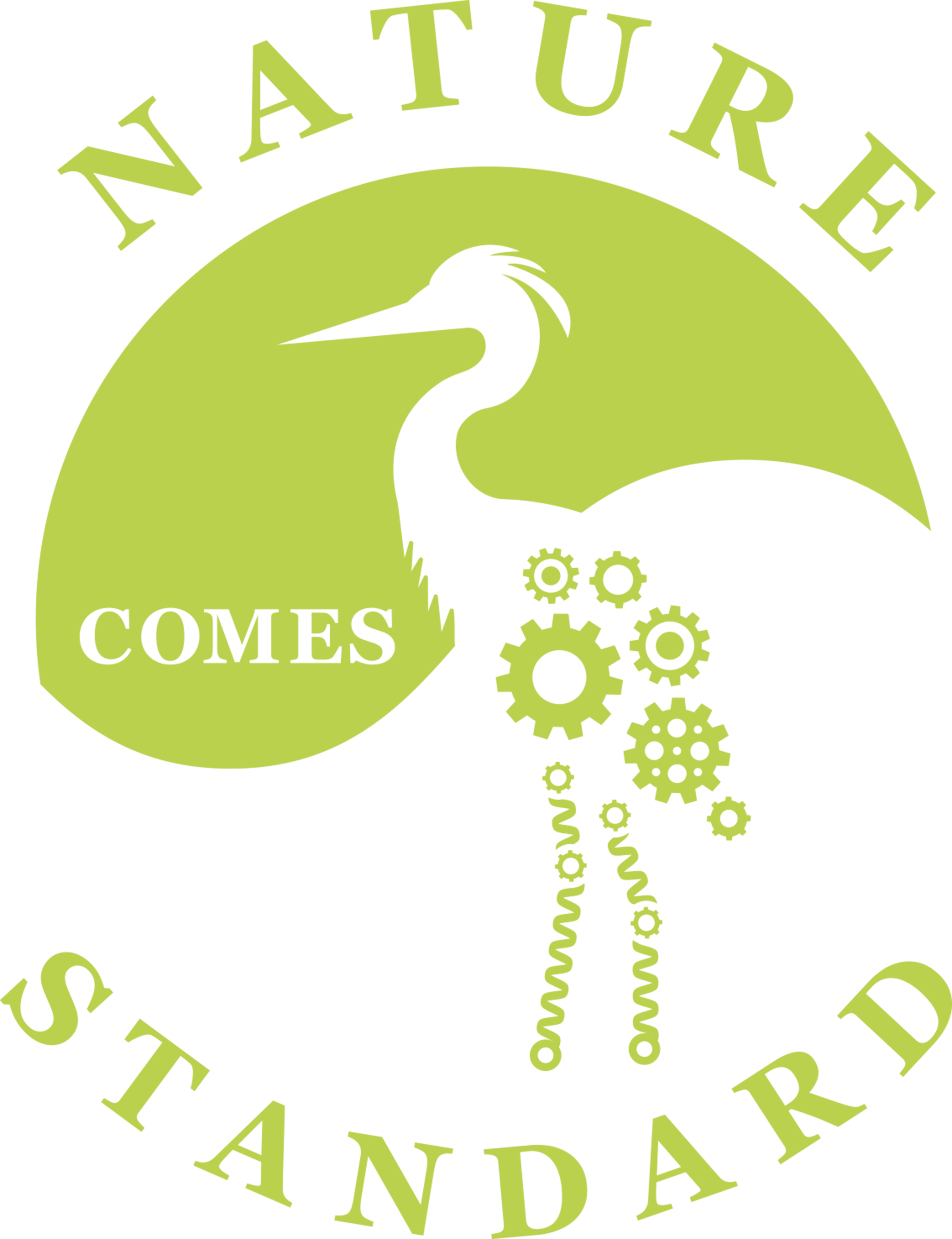Biomimetic Opportunities for Accelerating the Circular Economy within Mobility

Circle Economy's Circularity Gap Report 2021 analyzes the world's current state, 8.6% circularity for 2020, and how to double that number to 17% by 2032. The analysis finds that 70% of the planet's greenhouse gas (GHG) emissions come from worldwide material "extraction, processing, and their use." Mobility accounts for 11.5% of all material usage, and fossil fuels to power mobility account for 29% of GHG emissions. As humans extract more material to manufacture mobility solutions, more processing emissions result. More material means more mass needed to move, resulting in more fossil fuels used.
The report calculates how to achieve a doubled circular economy. The mobility industry’s involvement is shown in red on their Interventions Vortex infographic below. Through a combination of vehicle design improvements, durable designs, and circular vehicles, mobility would contribute to upping the circular future. How can biomimicry partner with the mobility industry to assist in the increased circularity by 2032?
The gap report suggests four strategies for enhancing the circular economy:
Narrow Flows - use less
Slow Flows - use longer
Regenerate Flows - use cleaner
Cycle Flows - use again
For each of these strategies, Nature has accompanying solutions to inspire and innovate.
Engineers looking to Narrow Flows could look to Nature for light-weighting to reduce material usage and the corresponding energy to produce the material and operate the vehicle. Engineers look to trees and diatoms to reduce the mass of new designs proactively. Multi-functionality reduces the overall material use, like Nature's design of the turtle's shell.
For nature-inspired Slow Flows strategies, engineers could increase component durability by reducing friction and wear inspired by the snake and sandfish skink lessons. To avoid vehicle damage in the first place, engineers could seek insight into the collision avoidance methods. And if minor damage occurs, self-repairing materials inspired by the squid ring teeth could remedy the situation.
Regenerative Flows means designing vehicles to use renewable energy and incorporate regenerative materials. The cottonwood tree has inspired new forms of wind generation that could power electric cars. Automotive interiors might find inspiration as Covalent Fashion has manufacturing faux leather captured from atmospheric carbon dioxide, a process inspired by ocean microorganisms.
The Cycle Flows strategies consider what happens at a product's eventual end of life. Automotive manufacturers could upgrade their Design for Assembly(DFA) standards to include a Design for Disassembly(DFD) standard. Included in this disassembly standard could be ways to maintain the two different technical and biological materials flows. If the automotive vehicle and component companies look to the operation of Nature's ecosystems, the manufacturing process "waste" becomes valuable input like the Kalunborg Industrial Park methods. Vehicle level "waste" heat could garner inspiration from the dolphin, which manages its temperature with a fat-based heatsink.
Nature's technologies developed over billions of years is currently and could continue to enhance the vehicle engineers' circular economy solution space by improving design efficiency, extending vehicles' life cycle, and creating reusability and recycling value streams. How could biomimicry help your circular economy journey?






